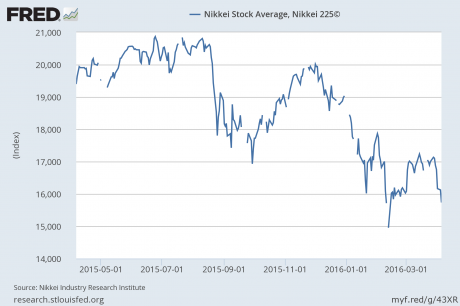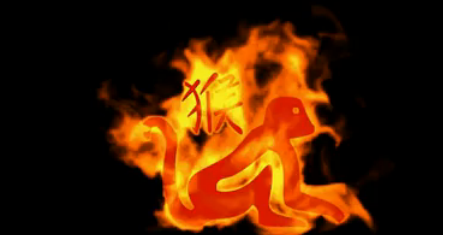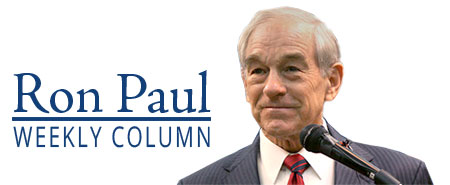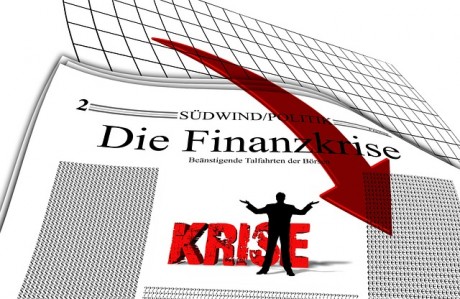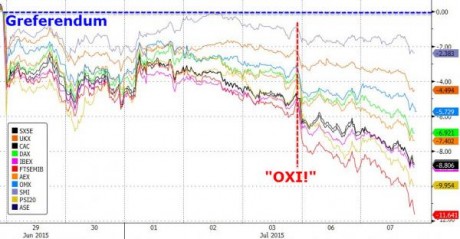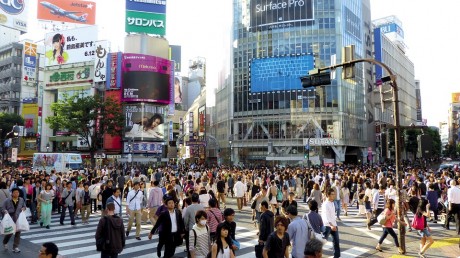 One of the epicenters of the global financial crisis that started during the second half of last year is Japan, and it looks like the markets in the land of the rising sun are entering yet another period of great turmoil. The Nikkei was down another 390 points last night, and it is now down more than 1,300 points since a week ago. Why this is so important for U.S. investors is because the Nikkei is often an early warning indicator of where the rest of the global markets are heading. For example, the Nikkei started crashing early last December about a month before U.S. markets started crashing really hard in early January. So the fact that the Nikkei has been falling very rapidly in recent days should be a huge red flag for investors in this country.
One of the epicenters of the global financial crisis that started during the second half of last year is Japan, and it looks like the markets in the land of the rising sun are entering yet another period of great turmoil. The Nikkei was down another 390 points last night, and it is now down more than 1,300 points since a week ago. Why this is so important for U.S. investors is because the Nikkei is often an early warning indicator of where the rest of the global markets are heading. For example, the Nikkei started crashing early last December about a month before U.S. markets started crashing really hard in early January. So the fact that the Nikkei has been falling very rapidly in recent days should be a huge red flag for investors in this country.
I want you to study the chart below very carefully. It shows the performance of the Nikkei over the past 12 months. As you can see, it kind of resembles a giant leaning “W”. You can see the stock crash that started last August, you can see the second wave of the crash that began last December, and now a third leg of the crash is currently forming…
And of course the economic fundamentals in Japan continue to deteriorate as well. GDP growth has been negative for two out of the last three quarters, Japanese industrial production just experienced the largest one month decline that we have seen since the tsunami of 2011, and business sentiment has sunk to a three year low.
The third largest economy on the entire planet is in a comatose state at this point, and Japanese authorities have been throwing everything but the kitchen sink at it in an attempt to revive it.
…click on the above link to read the rest of the article…


